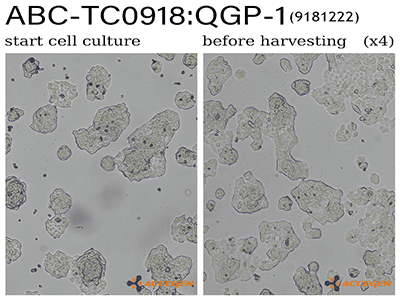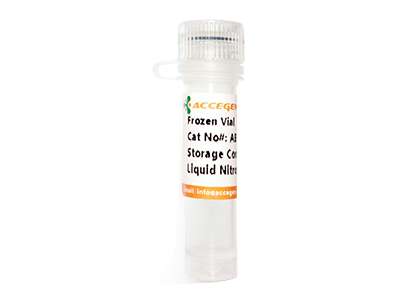Featured Products
Explore Products
- In-Stock Tumor Cell Lines
- Human Orbital Fibroblasts
- Human Microglia
- Human Pulmonary Alveolar Epithelial Cells
- Human Colonic Fibroblasts
- Human Type II Alveolar Epithelial Cells
- Human Valvular Interstitial Cells
- Human Thyroid Epithelial Cells
- C57BL/6 Mouse Dermal Fibroblasts
- Human Alveolar Macrophages
- Human Dermal Fibroblasts, Adult
- Human Lung Fibroblasts, Adult
- Human Retinal Muller Cells
- Human Articular Chondrocytes
- Human Retinal Pigment Epithelial Cells
- Human Pancreatic Islets of Langerhans Cells
- Human Kidney Podocyte Cells
- Human Renal Proximal Tubule Cells



 Moreover, QGP-1 exhibited elevated gene expression levels related to immature or non-functional β/δ-cells genes, or pancreatic endocrine progenitors. QGP-1 is identified as G3 carcinomas by a Ki-67 (nuclear proliferation factor) labeling index of 82.6%±1.0%. When it was established in 1980, the doubling time of QGP-1 was about 84 hours (3.5 days), but this time was detected to be shorter, 38 hours, in 2018. With the use of these years, QGP-1 might become more malignant in culture. QGP-1 has the aberrant chromosome with a ploidy of 4.
Moreover, QGP-1 exhibited elevated gene expression levels related to immature or non-functional β/δ-cells genes, or pancreatic endocrine progenitors. QGP-1 is identified as G3 carcinomas by a Ki-67 (nuclear proliferation factor) labeling index of 82.6%±1.0%. When it was established in 1980, the doubling time of QGP-1 was about 84 hours (3.5 days), but this time was detected to be shorter, 38 hours, in 2018. With the use of these years, QGP-1 might become more malignant in culture. QGP-1 has the aberrant chromosome with a ploidy of 4.
